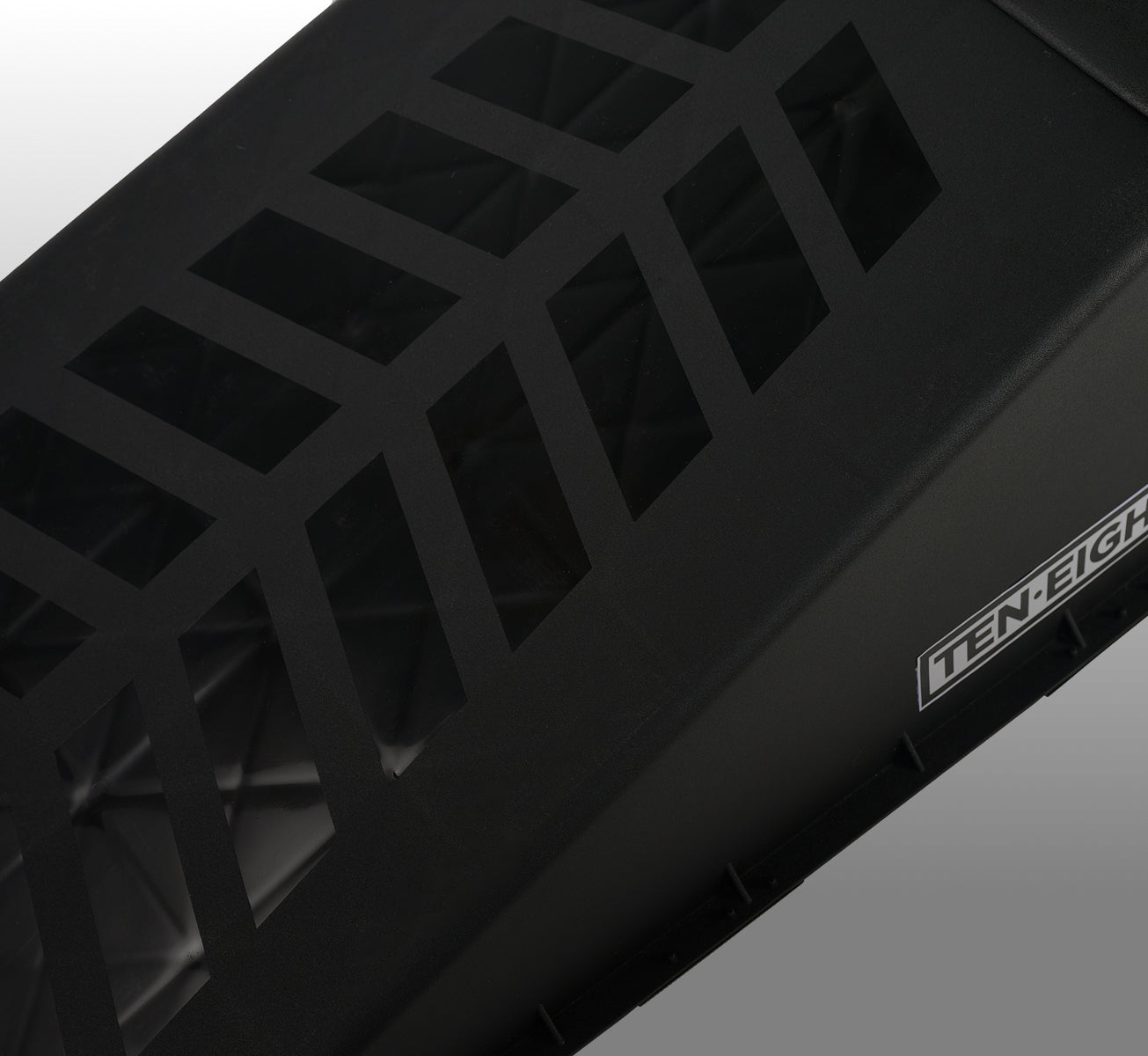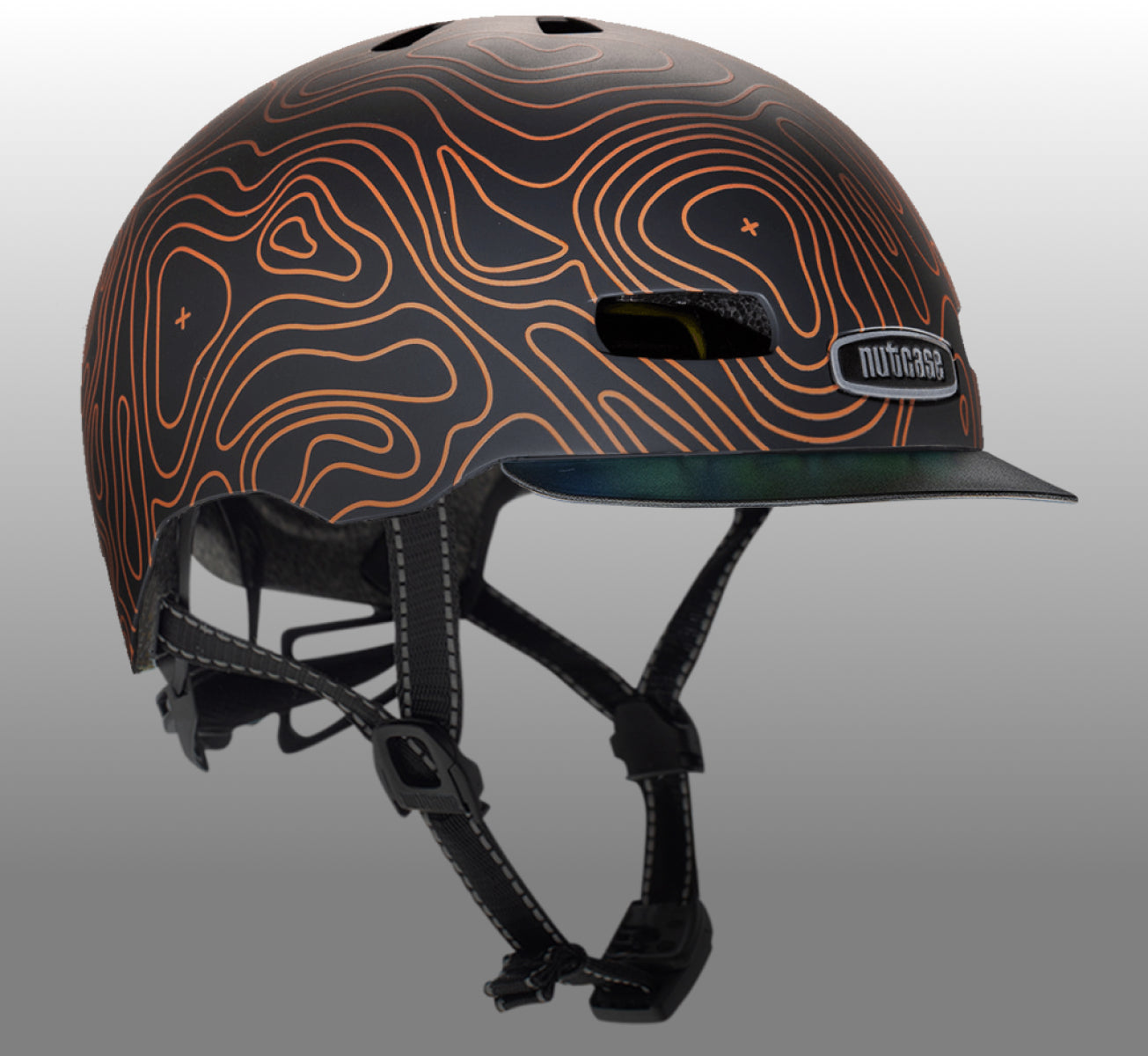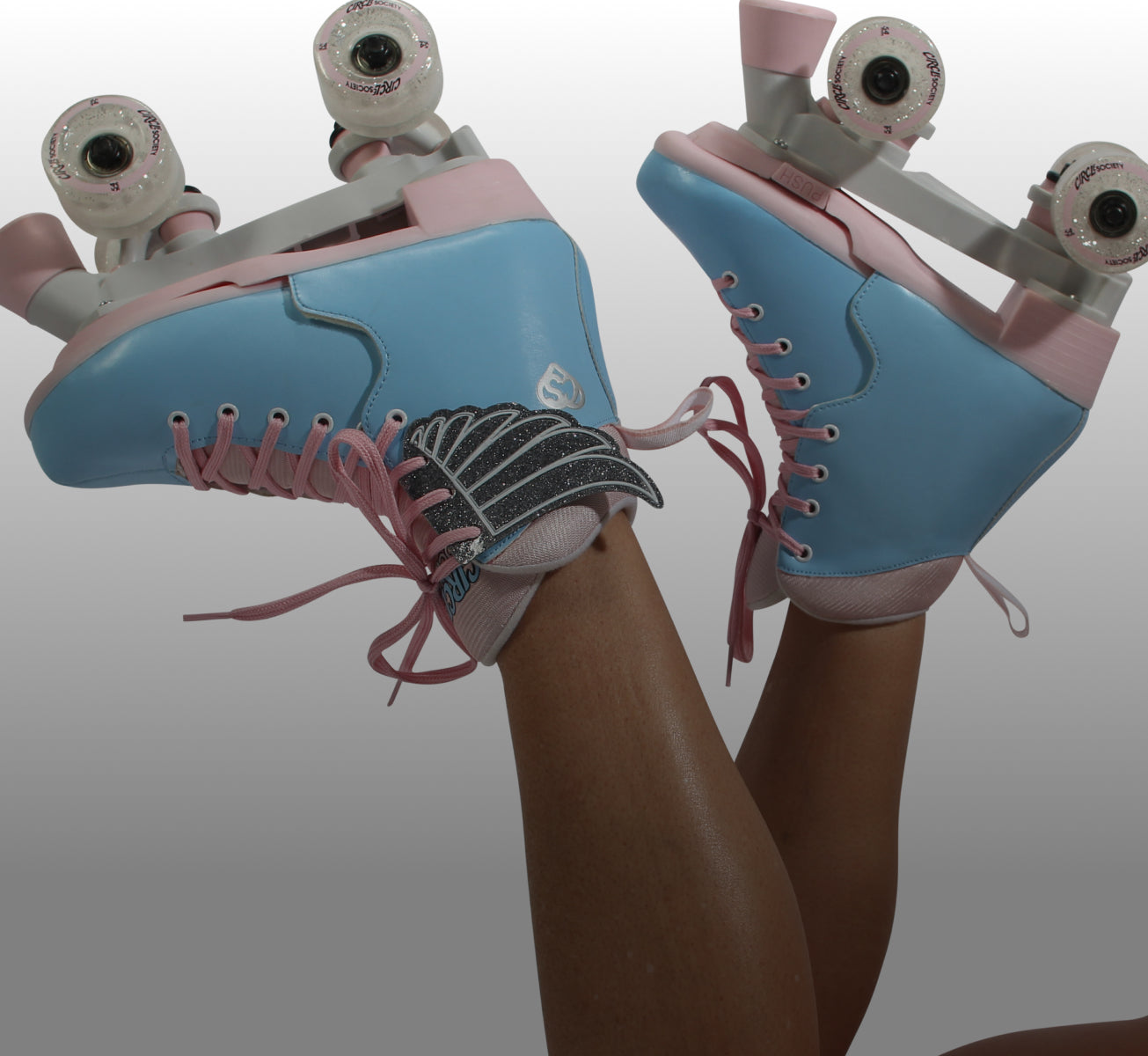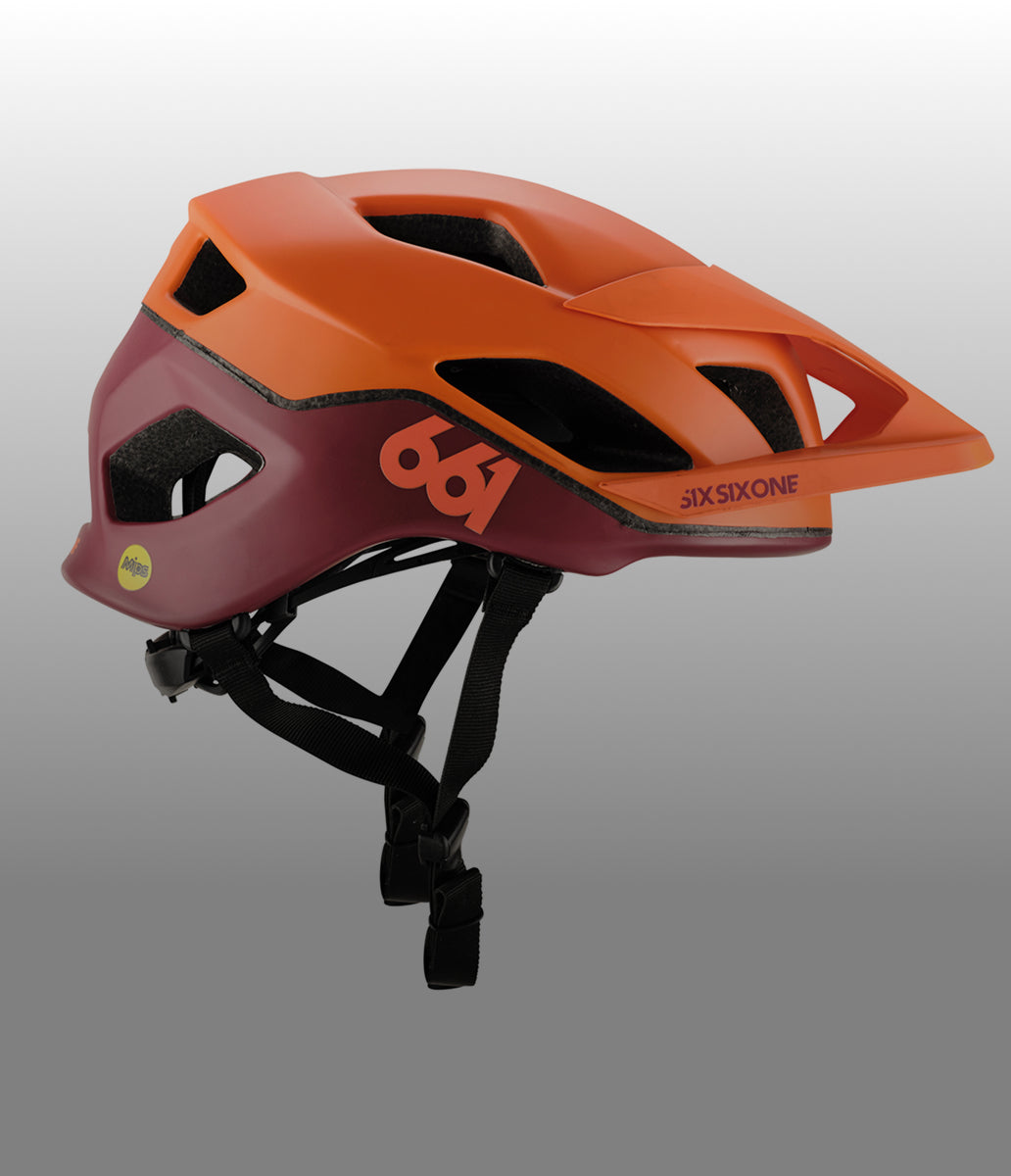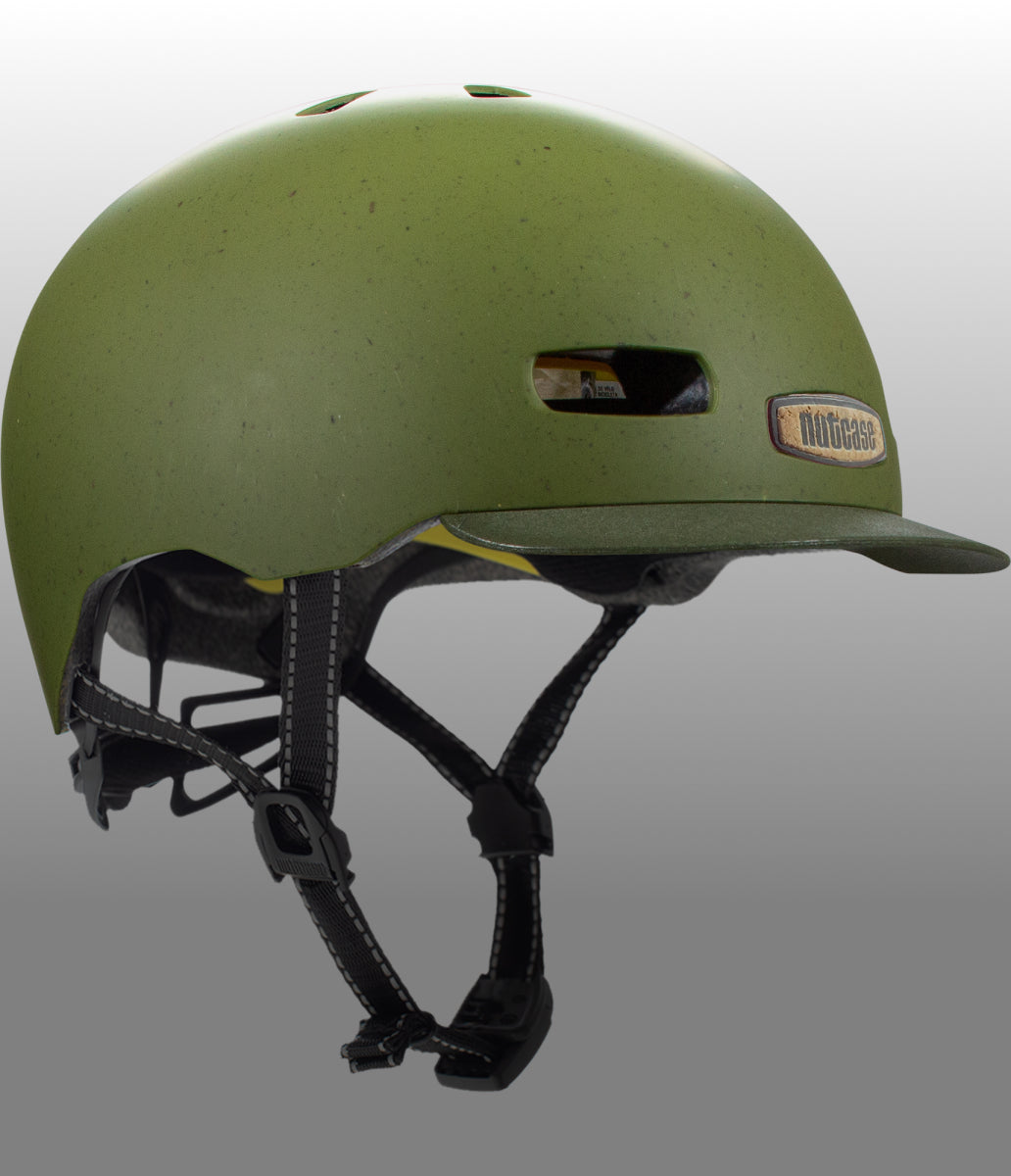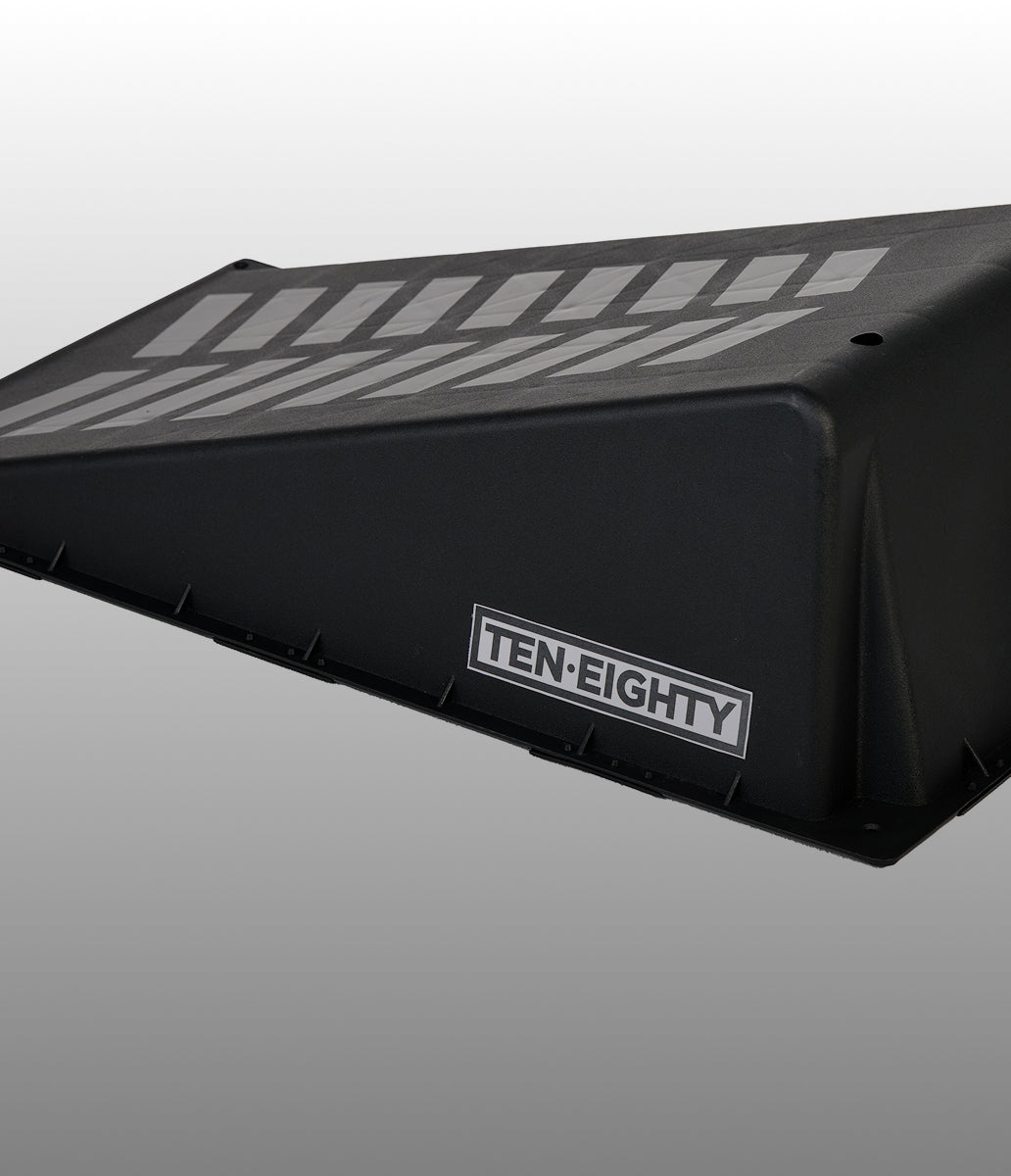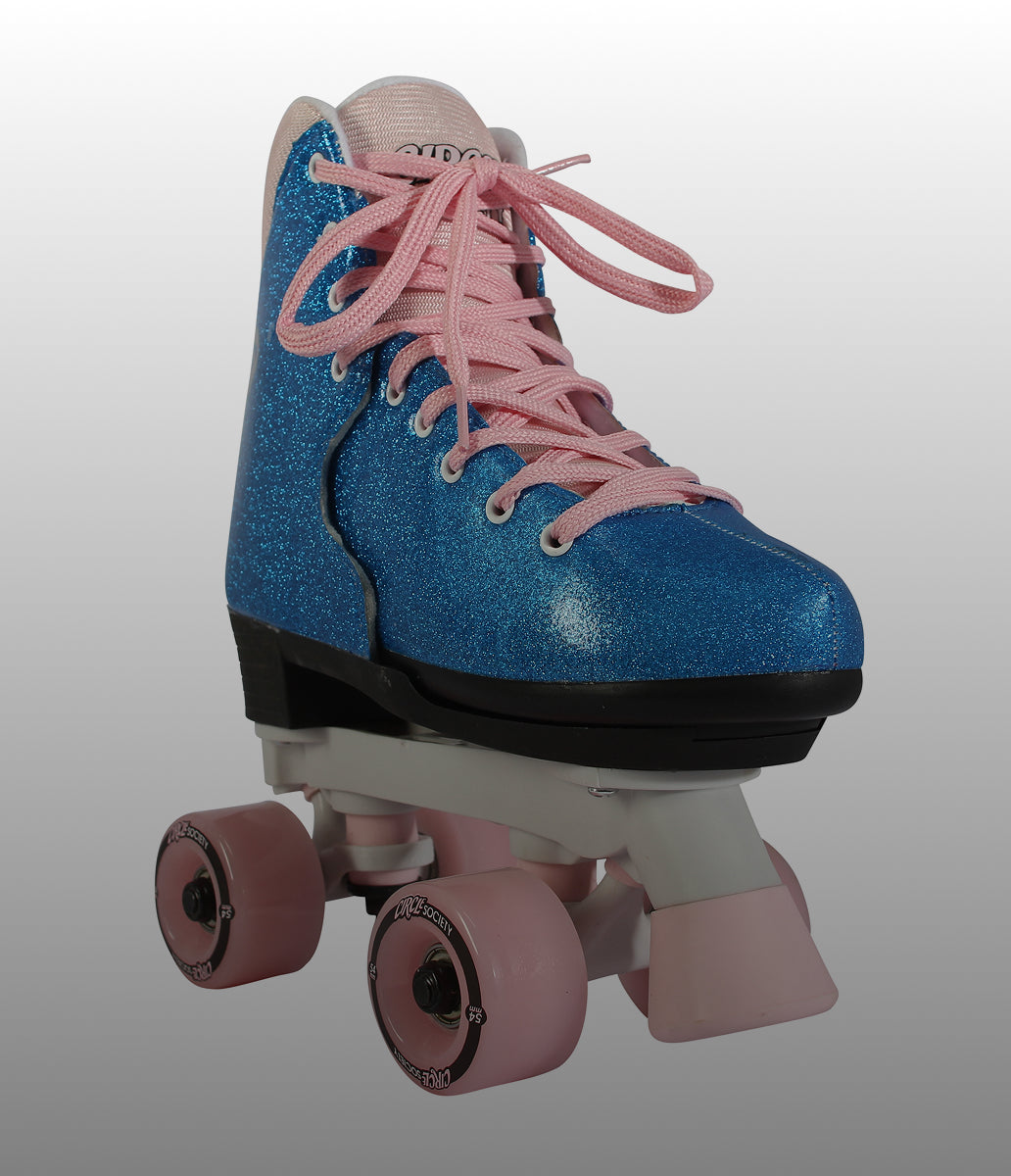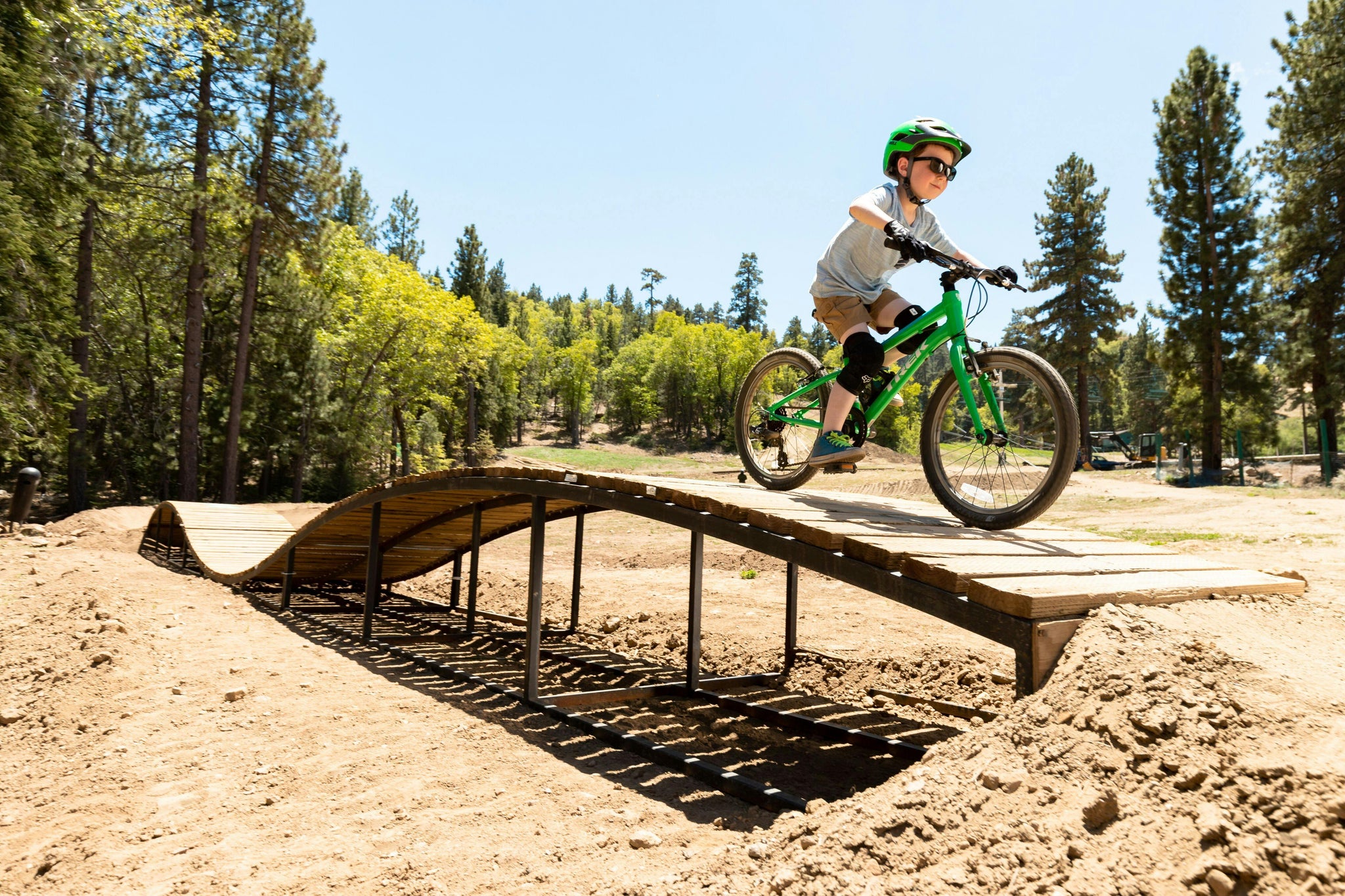A Guide to Choosing a Bike Helmet Size for Your Kid
Getting your child ready to ride is about more than picking out a cool bike or scooter; it starts with a helmet that fits properly. A well-fitted bike helmet for kids is important for safety, and Lockstock offers options with MIPS (Multi-Directional Impact Protection System) technology for added protection.
MIPS works by adding a low-friction liner inside the helmet that allows slight movement between the shell and liner during an angled impact. This design helps redirect rotational forces away from the head, lowering the risk of brain injury.
Quality helmets can lower the risk of death in a road crash by over six times and can lower the risk of brain injury by up to 74%, according to the World Health Organization. The right fit meets safety standards and helps your child feel more confident and comfortable on every ride.
In this guide, we'll break down how to measure, fit, and choose the best kids' helmet so your child can ride safely and confidently from the start.
Let’s get started:
Kids’ Bike Helmet Size Basics
When you’re shopping for a child’s helmet, you’ll see labels like “Small,” “Medium,” or sizes in centimeters. The best way to find the right fit is to measure your child’s head and check the label.
Here’s what to keep in mind:
Kids' Bike Helmet Sizes Explained
Helmet brands use head circumference, not age, to decide size. Kids the same age can have totally different head sizes. For example, toddler helmets typically fit heads measuring 48–52 centimeters, while helmets for older kids normally cover 52–56 centimeters. So, always use head size, not just age, to pick a helmet.
How to Read a Kids’ Bike Helmet Size Chart
Start by looking at the sizing chart for each brand. Size ranges vary from brand to brand, so don’t assume they’re all the same. Some helmets come with extra pads or an adjustable dial; these are great for getting a snug fit as your child grows.
If you’re stuck between sizes, go with the one that matches your child’s exact head measurement and adjust with the pads or dial as needed.
Scooter Helmets for Kids Sizing Tips
Some helmets are made for both biking and skating, and sizing works the same way. Make sure the helmet’s fit system lets you adjust it snugly around your child’s head. Since kids’ heads can be round or oval, have your child try on a few helmets to see which one feels best, without tight spots or gaps.
How to Measure Your Child’s Head
For the best fit when choosing bike helmets for kids, always measure your child’s head before you start shopping. It’ll save you time, prevent returns, and make finding the right helmet much easier.
Here’s how you do it:
What You’ll Need
Grab a soft tape measure (like you’d use for sewing) and a place to jot down the number. If you don’t have a tape measure, use a string to wrap around your child’s head, then measure the string with a ruler.
How to Measure for a Kids Helmet
-
Have your child look straight ahead and sit still.
-
Wrap the tape measure just above the eyebrows and ears, around the widest part at the back of the head.
-
Keep the tape snug against the skin, but not tight.
-
Record the size in centimeters; most kids' bike helmet sizes are based on this measurement.
Measure twice for accuracy. If the two numbers are different, use the larger one. Helmets can be tightened with pads, but squeezing into a small helmet isn’t safe or comfortable.
Common Mistakes to Avoid
-
Guessing size by age: Every child’s head is different, so avoid choosing a helmet just by age or copying another child’s size.
-
Measuring over hair accessories: Remove hairpins, hats, or ponytails before measuring, as they can give you an inaccurate measurement.
-
Pulling the tape too tight: A helmet that feels uncomfortable means your child will be less likely to wear it at all.
-
Sizing up for growth: An oversized helmet can slip around or fail to protect your child properly.
Choosing the Right Bike Helmet for Kids
Now that you have your child’s head measurement, it’s time to find a helmet that fits their needs and style.
Here’s what to look for next:
Features to Look for in Kids' Bike Helmets
A good helmet should be safe, comfortable, and easy to use. Keep an eye out for:
-
Plenty of vents to keep your child cool on warm days.
-
Lightweight materials so the helmet doesn’t strain their neck.
-
Soft, washable pads for long-lasting comfort.
-
Bright colors or reflective patches to improve visibility and make the helmet more appealing to wear.
Above all, check for safety certifications like the CPSC (Consumer Product Safety Commission) sticker. That shows the helmet meets U.S. safety standards. If you’re not in the U.S., you can look for EN 1078 (Europe) or AS/NZS 2063 (Australia/New Zealand) stickers. Double-check that the certification label is real and up to date.
Comparing Scooter and Bike Helmets for Kids
Some helmets work for both bikes and scooters, but there are design differences. Bike helmets have a longer shape in the back and more vents, while skate-style or multi-sport helmets are rounder for extra side and rear protection.
Think about what your child rides most. If they use scooters, skateboards, and bikes, pick a helmet that’s certified for multiple sports so they’re covered for everything.
Sizing Adjustments and Growth Room
Most new helmets come with ways to adjust the fit, like a dial, sliders, or extra pads. Use these to make sure the helmet fits snugly as your child grows. Just don’t choose a helmet that’s too big, hoping it will last for years. Extra padding inside can help a bit as your child grows, but the fit needs to be right from the start.
The Bottom Line
A snug, comfortable helmet helps lower the risk of injury and lets your child relax and enjoy being active.
Take a few minutes to measure carefully, involve your child in trying on helmets, and check the fit every so often as they grow. Making helmet checks a regular habit helps your child stay confident and safe every time they head out to ride.
You can explore our full range of bike and scooter helmets for kids to find one that’s safe, comfortable, and perfect for their style. A little time spent choosing the right helmet today can mean many worry-free rides tomorrow.
